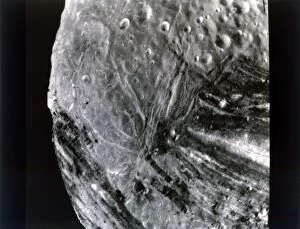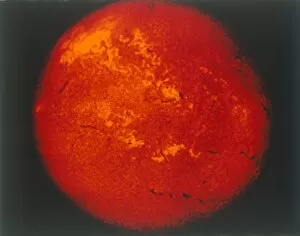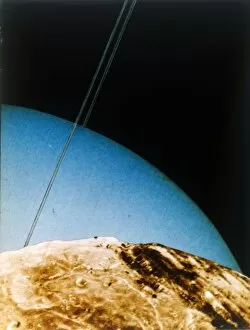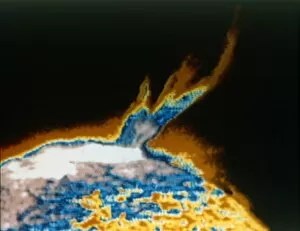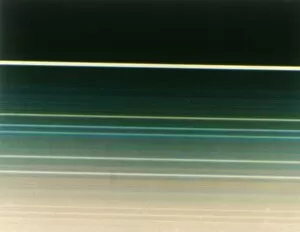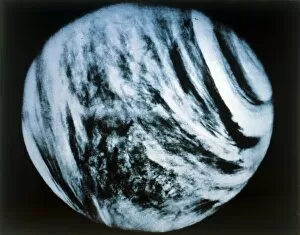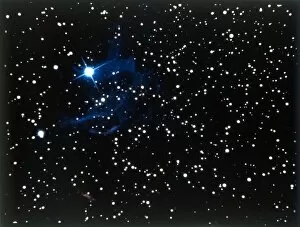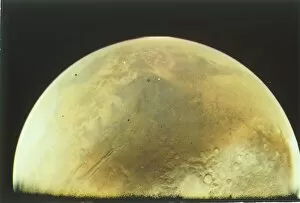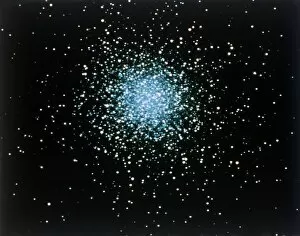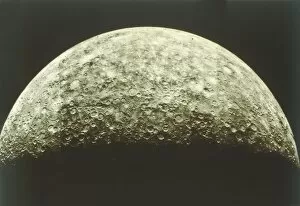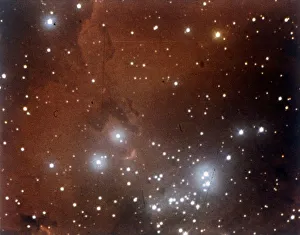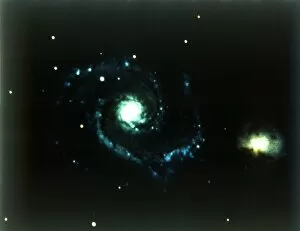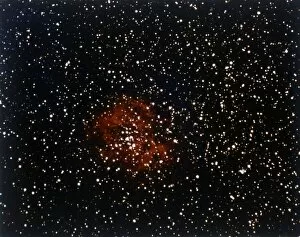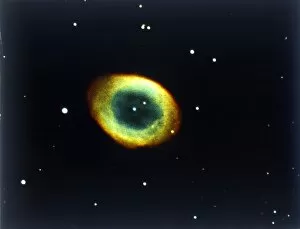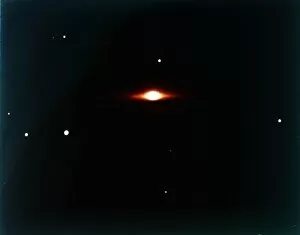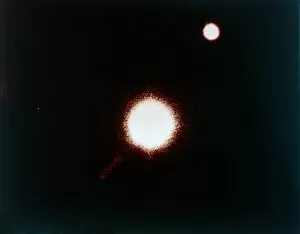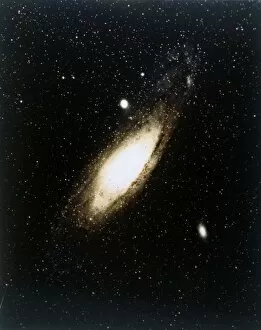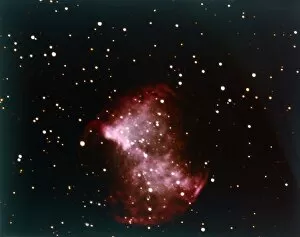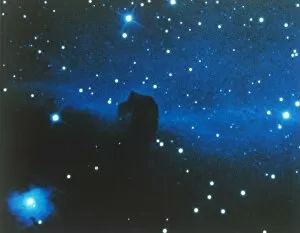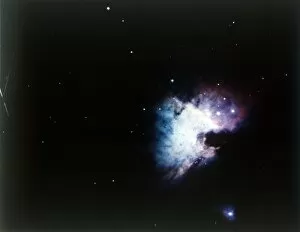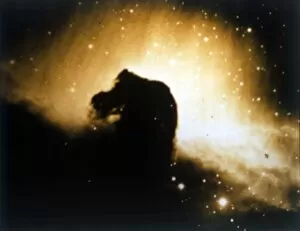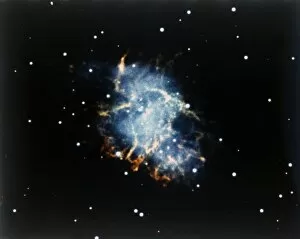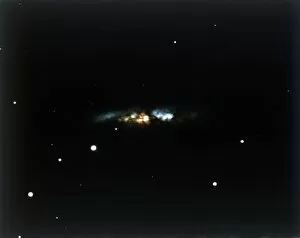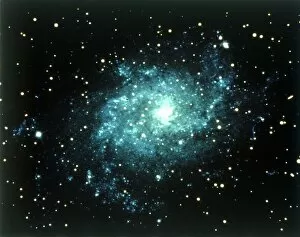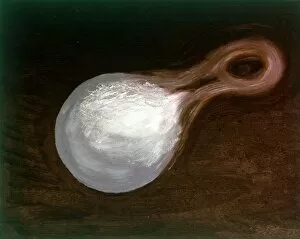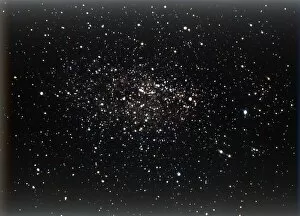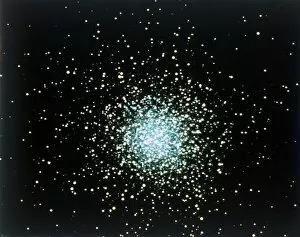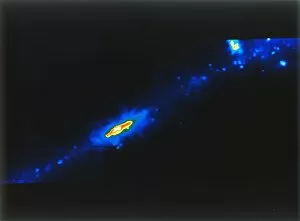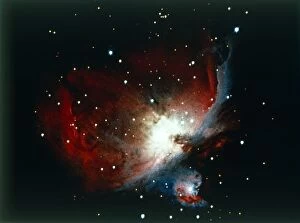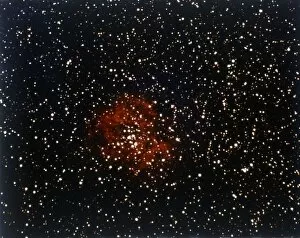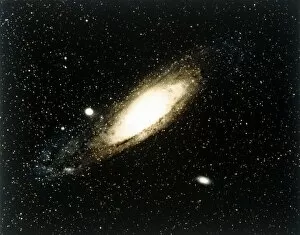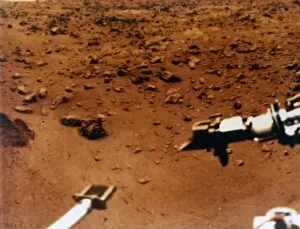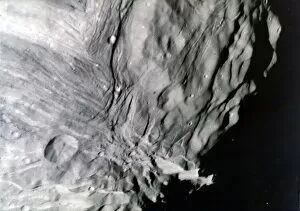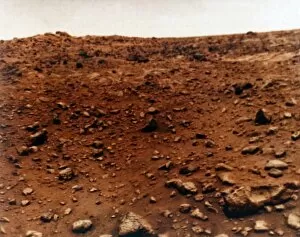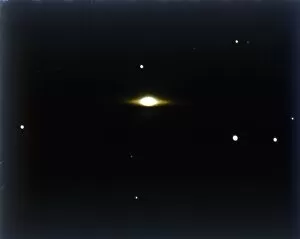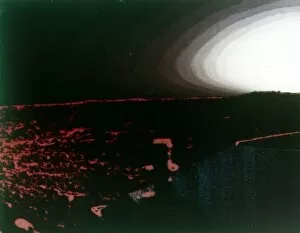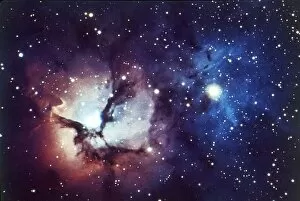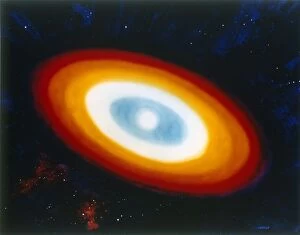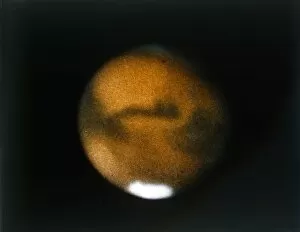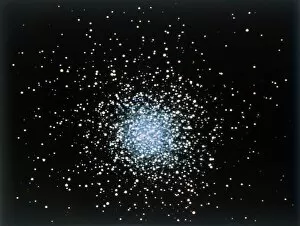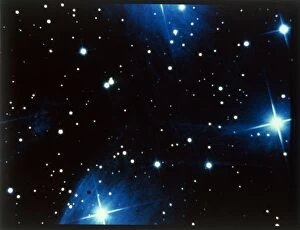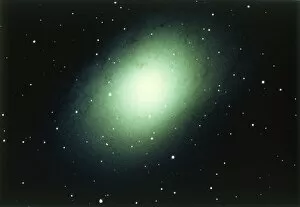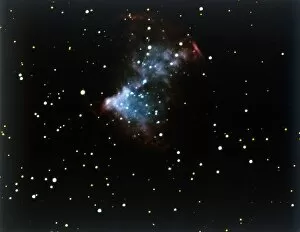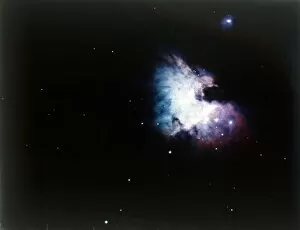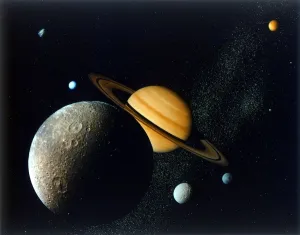Galaxies Collection (page 3)
Galaxies are large collections of stars, gas, and dust held together by gravity
333 items
All Professionally Made to Order for Quick Shipping
-
Galaxies Collection
Galaxies are large collections of stars, gas, and dust held together by gravity. They come in many shapes and sizes and can range from a few thousand to hundreds of billions of stars. Our own galaxy, the Milky Way, is an example of a spiral galaxy with four major arms that contain most of its stars and can believed to form from the gravitational collapse of gas clouds in space. Over time, galaxies interact with each other through collisions or mergers which can result in new star formation or even the destruction of one or both galaxies involved. The study is an important part of as it helps us understand how our universe works on a larger scale.
+
Our beautiful pictures are available as Framed Prints, Photos, Wall Art and Photo Gifts
The Galaxies collection from Media Storehouse is a stunning array of wall art and framed prints that showcase the beauty and wonder of our universe. Featuring breathtaking images captured by NASA's Hubble Space Telescope, our collection offers a glimpse into the vast expanse of space beyond our planet. From spiral galaxies to star clusters, each print in our collection captures the intricate details and vibrant colors that make up these celestial bodies. Whether you're an astronomy enthusiast or simply appreciate beautiful artwork, the Galaxies collection is sure to inspire awe and wonder. Each print is expertly crafted using high-quality materials to ensure long-lasting durability and vivid color reproduction. With a range of sizes available, it's easy to find the perfect piece for your home or office. The Galaxies collection from Media Storehouse is a must-have for anyone who loves space exploration science or simply appreciates stunning artwork that showcases the wonders of our universe.
+
What are Galaxies (Space Exploration Science) art prints?
Galaxies art prints are stunning depictions of the vast and mysterious galaxies that exist beyond our own Milky Way. These prints showcase the beauty and complexity of these celestial bodies, featuring vibrant colors, intricate patterns, and breathtaking imagery captured by space telescopes such as Hubble. These art prints are perfect for anyone who is fascinated by space exploration or simply appreciates beautiful artwork. They make excellent additions to any home or office décor, adding a touch of wonder and awe to any room. Whether you're looking for a striking centerpiece for your living room or an inspiring piece of wall art for your workspace, Galaxies art prints offer something truly unique and captivating. With their vivid colors and intricate details, they provide a glimpse into the wonders of our universe that few other forms of artwork can match.
+
What Galaxies (Space Exploration Science) art prints can I buy from Media Storehouse?
We offer a wide range of stunning galaxy art prints that are perfect for space exploration enthusiasts. You can choose from a variety of high-quality images depicting different galaxies, including the Milky Way, Andromeda Galaxy, and many more. These prints showcase the beauty and complexity of our universe in breathtaking detail. Whether you're looking for vibrant colors or striking black-and-white images, we have something to suit your taste. Our collection includes both real-life photographs captured by NASA's telescopes as well as artistic interpretations created by talented photographers and artists. These galaxy art prints are available in various sizes and formats, such as canvas prints or framed posters. They make great gifts for anyone who loves astronomy or simply appreciates beautiful artwork. With so many options to choose from, you're sure to find the perfect piece to add some cosmic inspiration to your home or office decor.
+
How do I buy Galaxies (Space Exploration Science) art prints?
To buy Galaxies art prints from Media Storehouse, you can browse our collection of space-themed artwork on their website. Once you find a print that you like, simply click on it to view more details and select the size and framing options that suit your preferences. You can choose from a range of sizes and frames to customize your print according to your needs. Once you have made your selection, add the item to your cart and proceed to checkout. At this stage, you will be prompted to enter your payment information and shipping address. After completing these steps, submit your order for processing. We offer high-quality prints that are perfect for adding some cosmic inspiration to any room in your home or office. With a wide variety of images available featuring stunning galaxies captured by NASA's Hubble Space Telescope, there is something for everyone who loves space exploration science.
+
How much do Galaxies (Space Exploration Science) art prints cost?
Galaxies art prints are a popular choice among space exploration enthusiasts and those who appreciate the beauty of the universe. The cost of these prints can vary depending on factors such as size, framing options, and printing materials. We offer a wide range of Galaxies art prints to suit different preferences and budgets. Our collection includes high-quality prints featuring stunning images captured by NASA's Hubble Space Telescope and other observatories. These prints are available in various sizes ranging from small to large, making it easy for you to find one that fits your needs. We also offer different framing options such as black or white frames, canvas wraps, or unframed prints. Our printing materials include premium quality paper or canvas that ensures long-lasting durability and vivid colors. Our Galaxies art print collection offers something for everyone at an affordable price point without compromising on quality.
+
How will my Galaxies (Space Exploration Science) art prints be delivered to me?
We take great care in delivering your Galaxies art prints to you. We use high-quality packaging materials to ensure that your print arrives in perfect condition. Your print will be carefully rolled and placed into a sturdy cardboard tube for safe transportation. We work with trusted shipping partners who provide reliable delivery services worldwide. Once your order is dispatched, you will receive a tracking number so that you can monitor the progress of your delivery. We understand the importance of preserving the quality of our artwork during transit. That's why we take every precaution necessary to ensure that your print arrives at its destination in pristine condition. Whether you're ordering one or multiple prints, rest assured that each one will be packaged and delivered with the utmost care and attention to detail.

